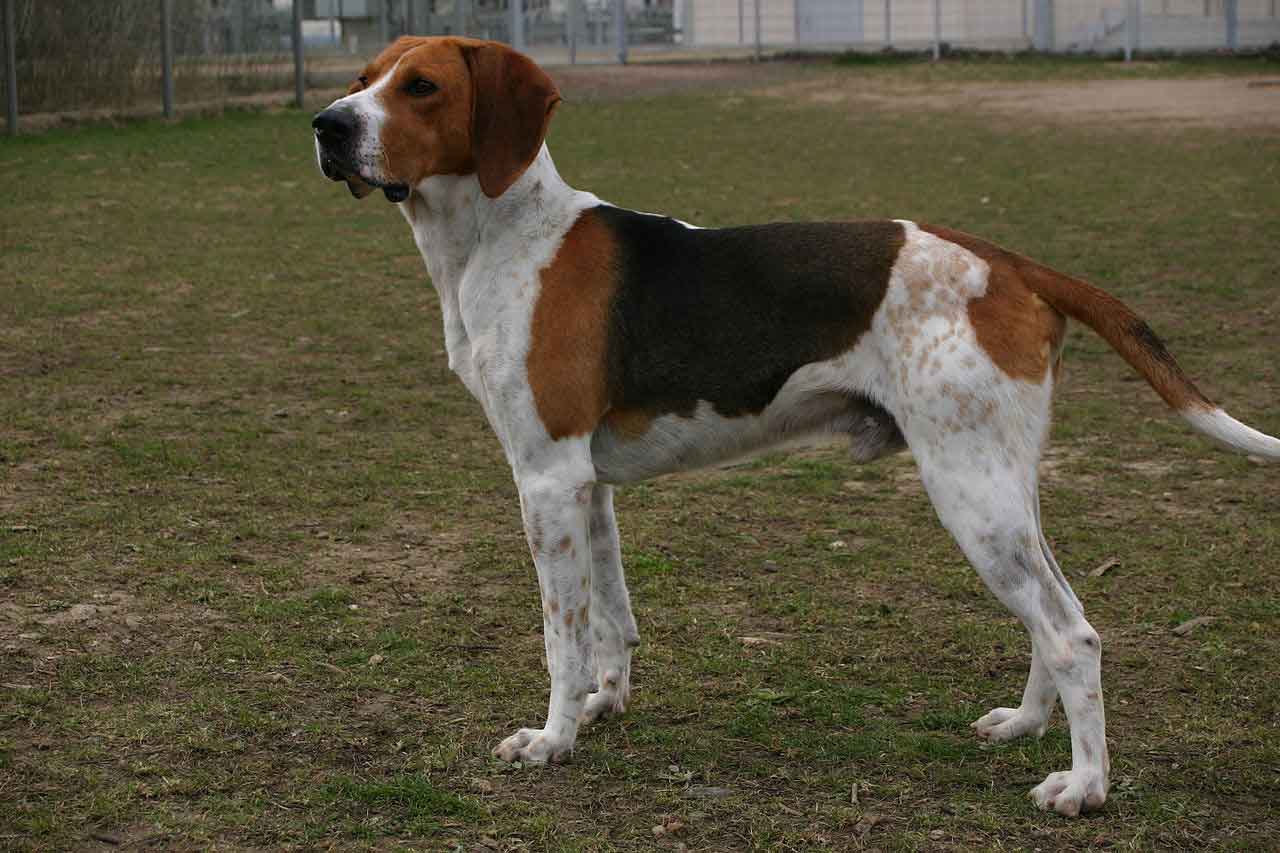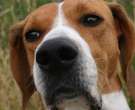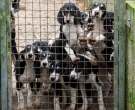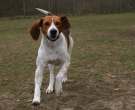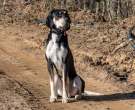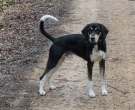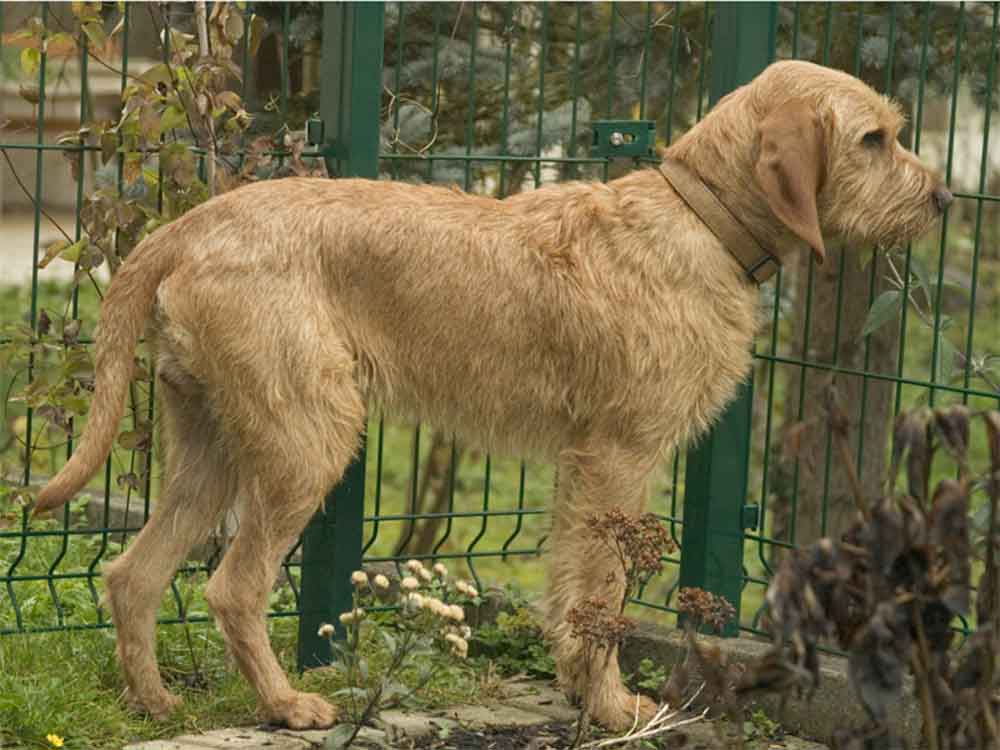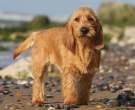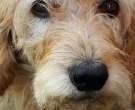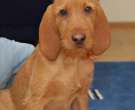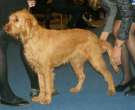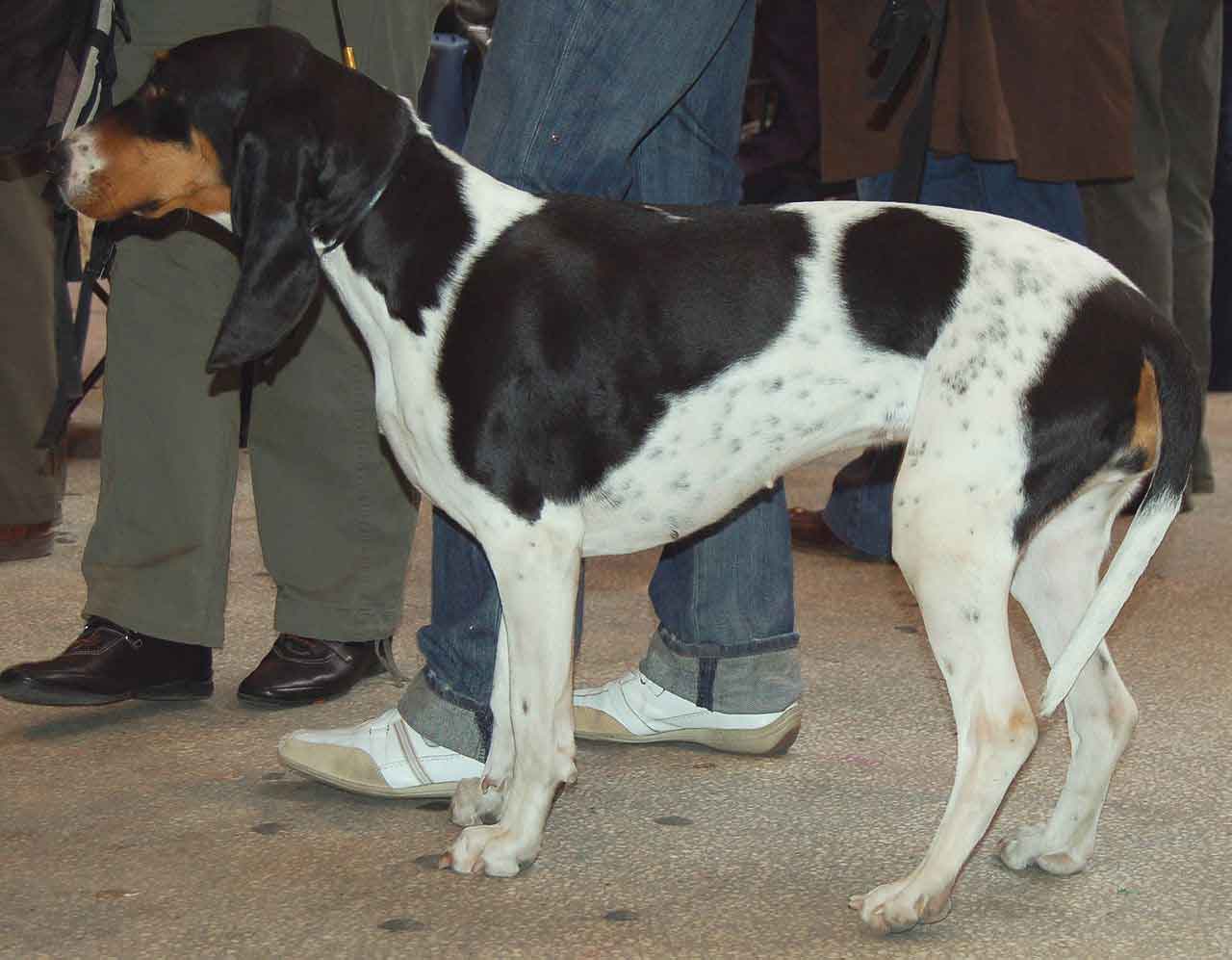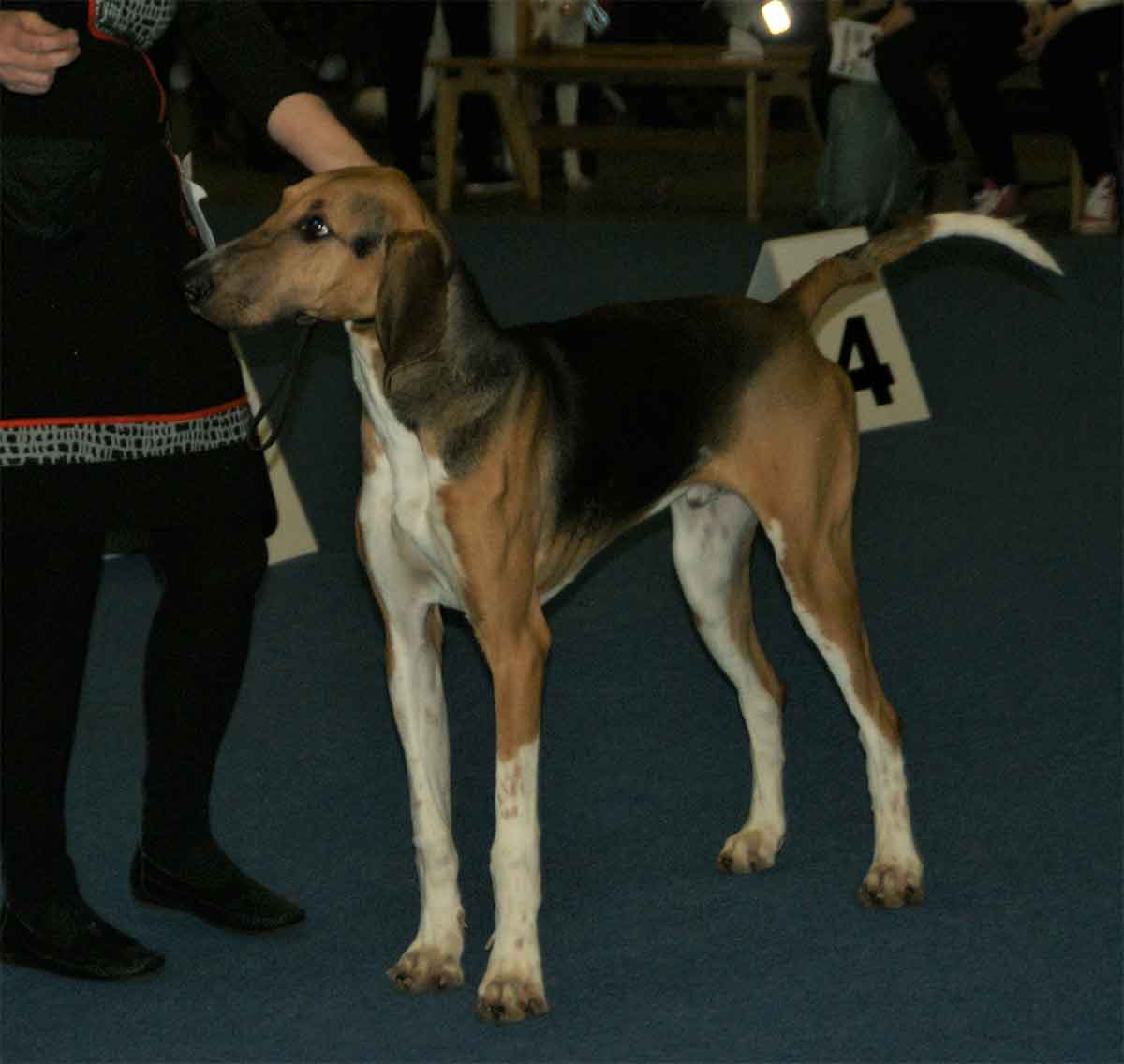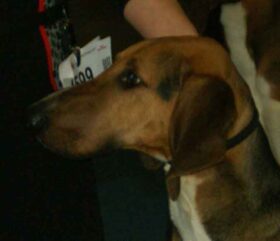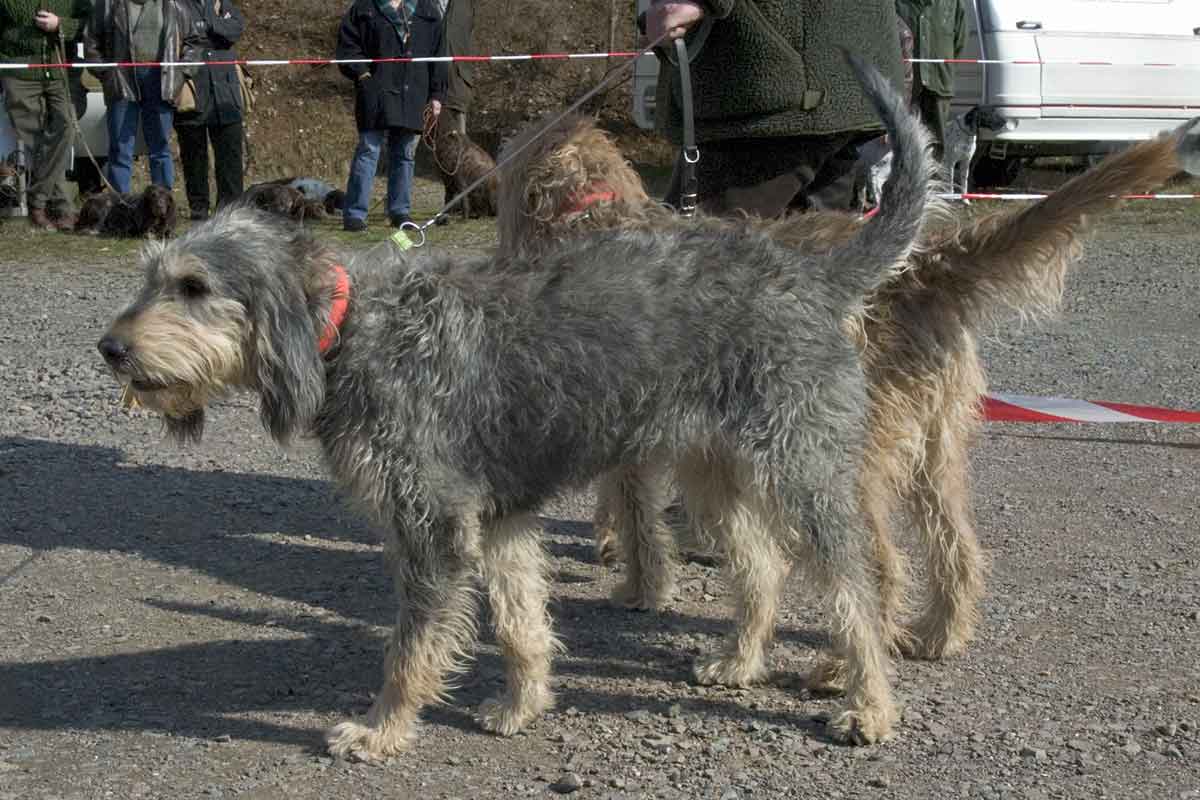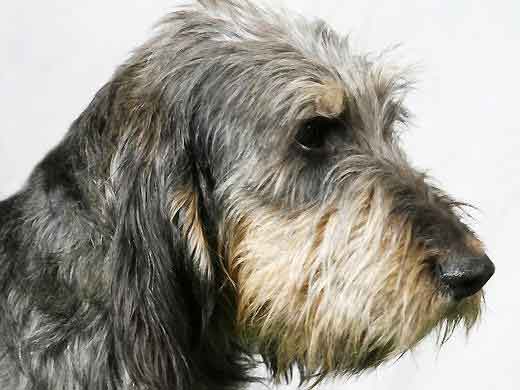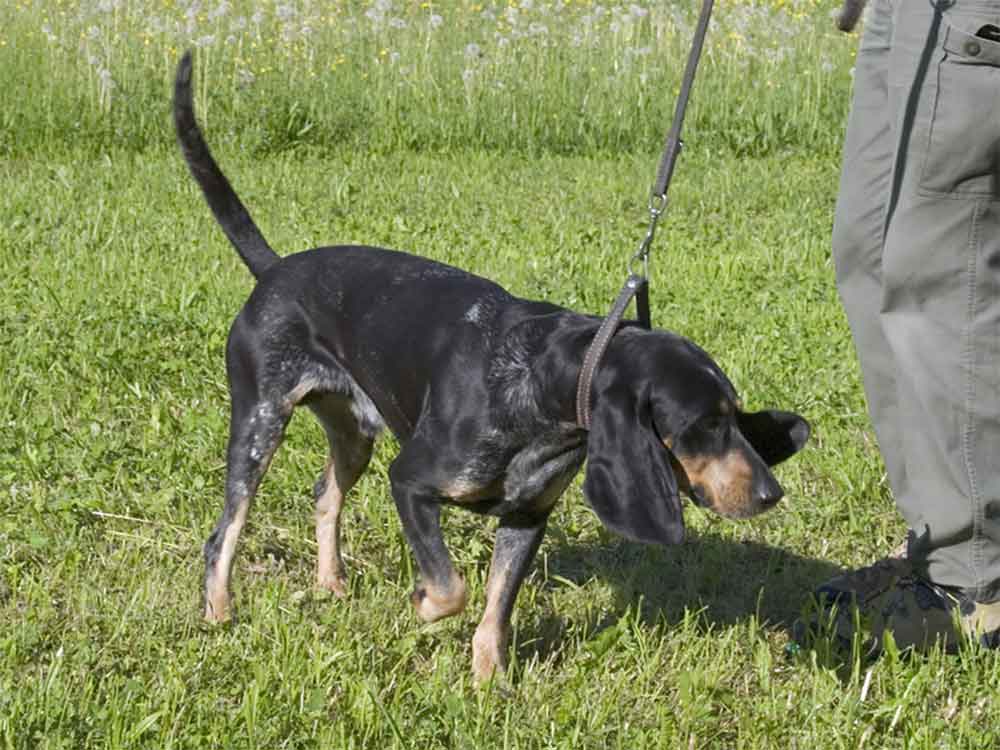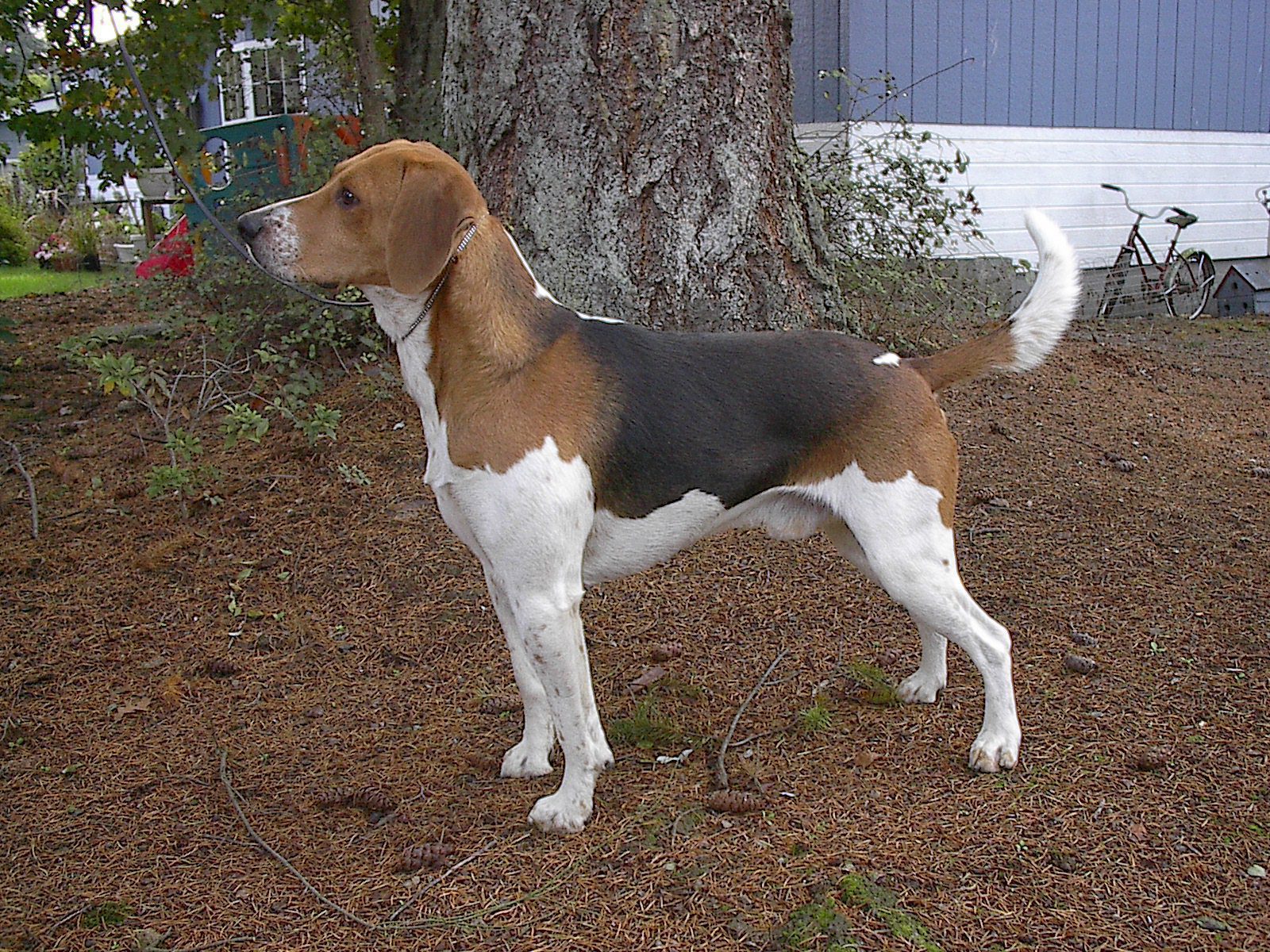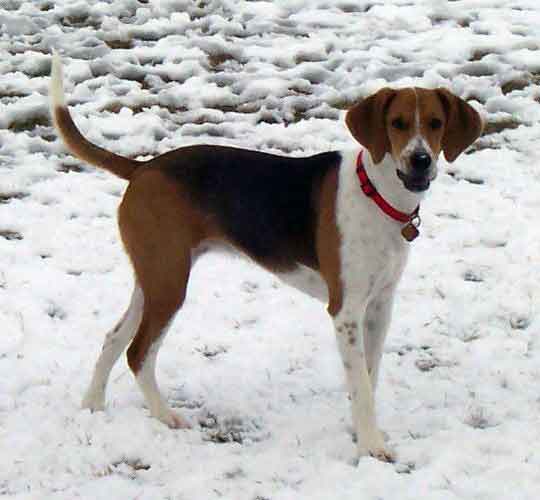Content |
|---|
History
The breed had been around for a long time and various dog lovers like Mr M. Légeron, A. Rivot porthole, Willekens, Gairal, Daubigné had tried in vain to have it officially recognized.
Hare hunters had created this small order dog from medium-sized French breeds: Porcelaine, Gascon Saintongeois, Poitevin hound in crossbreeding with English dogs like him Beagle, several varieties of Harriers, even the little one English Foxhound. The objective of these crosses was to improve the construction of their dogs and thus increase the speed and attitude to take.
In any case it is a typical French hunting dog, in which English blood also flows. In 1957 the first official recognition of the breed took place in France, followed by the FCI in 1978.
Photo: Anglo-français de petite vénerie by Jwh at Wikipedia Luxembourg, CC BY-SA 3.0 LU, via Wikimedia Commons
Physical characteristics “Medium-Sized Anglo-French Hound”
The Medium-Sized Anglo-French Hound – or also called Anglo-Français de Petite Vénerie – He is of medium size and a dog with a powerful constitution, but it never seems heavy. In its appearance it reminds of the dogs of the French pack. According to the breed standard, the head should be long and not too wide. The hair is short, thick and smooth and can be two or three colors (white and orange or black, white with brown).
The eyes are large and soft but lively in expression.. The ears located under the line of the eyes are soft, slightly turned inwards and medium in size. The tail is of medium length and quite thin. The limbs are strong, with straight and broad forequarters in profile and muscular hindquarters with low set hocks.
Character and skills “Medium-Sized Anglo-French Hound”
The Medium-Sized Anglo-French Hound is described as balanced and bold, independent, smart and leader, proud and trustworthy. He is affectionate and loyal to his owners. But, adult dogs are suspicious of strangers.
These dogs today make up the vast majority of hare and fox hunting packs.. But shooters increasingly appreciate its fine-nosed qualities., resistance, good throat, easy to put on, wise in the hunt and in the kennel.
In the last twenty years, The number of Medium-Sized Anglo-French Hounds medium has improved both in quality and quantity. But, the breeders, and buyers in particular, they must register their dogs with the LOF (Central Canine Society) to better control the selection.
Activities and exercise with “Medium-Sized Anglo-French Hound”
This dog loves to move, needs a lot of exercise and wants to work. You have to spend about four hours a day intensely with him. The breed is suitable for training as a hunting dog, but also for various dog sports. Keeping the dog in the house is strongly discouraged: The Medium-Sized Anglo-French Hound you need and want a lot of space and would like to have free access to the garden also outside the “hours of walk”.
education of the “Medium-Sized Anglo-French Hound”
To the Medium-Sized Anglo-French Hound he likes to learn, he is submissive and also has an intelligent mind. But, has a strong hunting instinct, so your education should start soon and therefore, any “rarity” that this dog acquires in his youth must be fixed as it is difficult to correct later.
care and health of “Medium-Sized Anglo-French Hound”
The short and dense coat of this dog does not require any special care, cleans itself almost by itself. Its legs, However, should be checked regularly. Especially when used as a hunting dog, injuries and problems are more likely to occur.
In rare cases there is a tendency to osteoarthritis and bone tumors.
Images "Medium-Sized Anglo-French Hound"
Photos:
1 – Anglo-français de petite vénerie, op der Haard, Diddeleng by Jwh at Wikipedia Luxembourg, CC BY-SA 3.0 LU, via Wikimedia Commons
2 – Anglo-français de petite vénerie, Kackeschbësch, Éiter by Jwh at Wikipedia Luxembourg, CC BY-SA 3.0 LU, via Wikimedia Commons
3 – Anglo-français de petite vénerie by Jwh at Wikipedia Luxembourg, CC BY-SA 3.0 LU, via Wikimedia Commons
4 – Anglo-français de petite vénerie, 7 months, Wesley by Jwh at Wikipedia Luxembourg, CC BY-SA 3.0 LU, via Wikimedia Commons
5 – Anglo-français de petite vénerie (white and black with pale tan markings) three and four months old puppies. by Jwh at Wikipedia Luxembourg, CC BY-SA 3.0 LU, via Wikimedia Commons
6 – Anglo-français de petite vénerie by Jwh at Wikipedia Luxembourg, CC BY-SA 3.0 LU, via Wikimedia Commons
Videos "Medium-Sized Anglo-French Hound"
|
Anglo Français de petite vénerie
|
le repas
|
|---|
Type and recognitions:
- FCI CLASSIFICATION:
- Group :
- Section : . .
Federations:
- – FCI – Group 6: Scent hounds, and related breeds. – Section 1.2: Medium-sized Hounds. ⓘ
- – Central Canine Society ⓘ
FCI breed standard "Medium-Sized Anglo-French Hound"
Alternative names:
1. Anglo-Français de Petite Vénerie (English).
2. Anglo-français de petite vénerie (French).
3. Anglo-Français de petite vénerie (German).
4. Anglo-Français de petite vénerie (Portuguese).
5. Sabueso anglo francés de tamaño mediano, Anglo-francés para la caza menor, Anglo-francés de tamaño medio (español).
